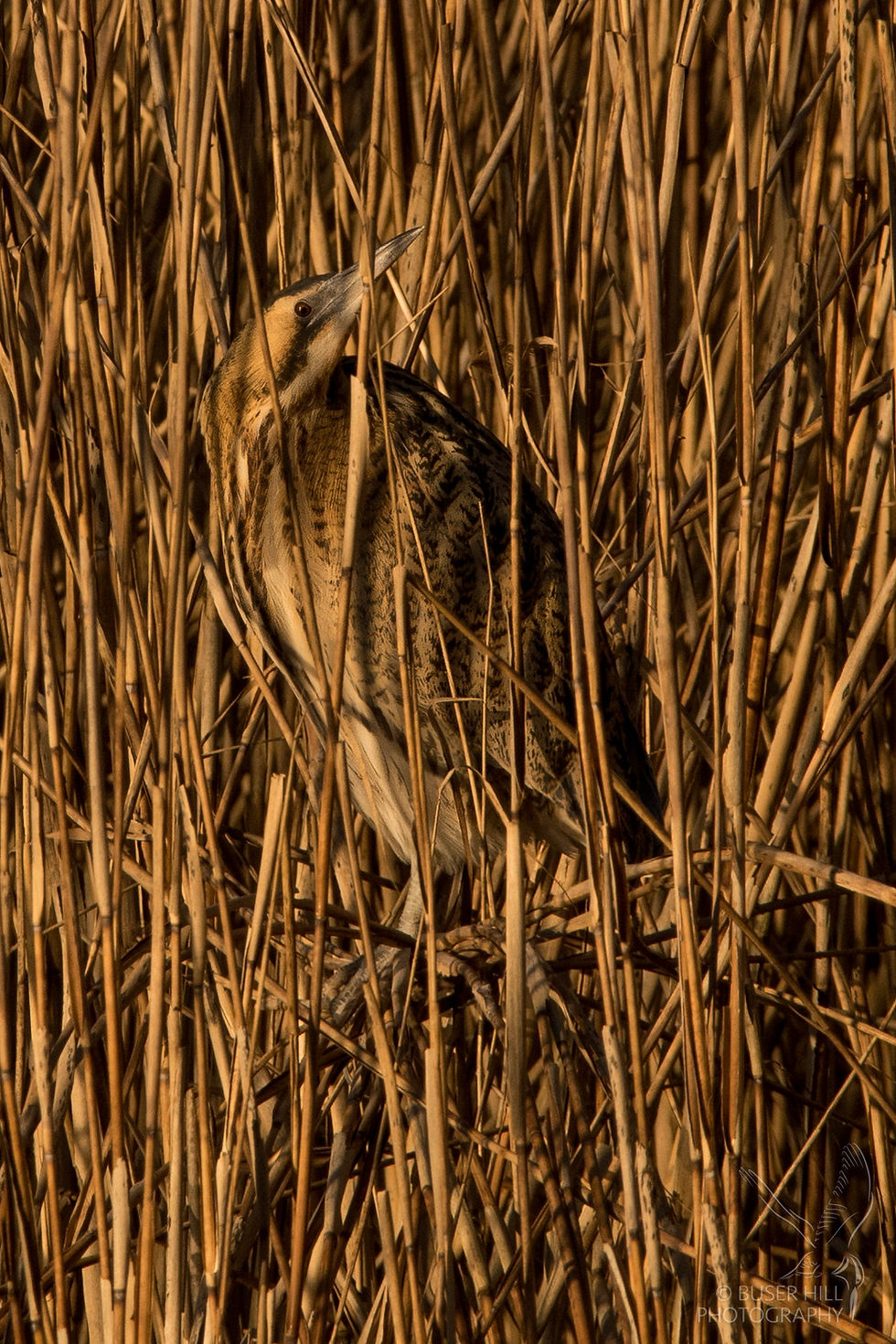Bittern evening
- Robin Hill

- Jun 18, 2022
- 3 min read
Updated: Aug 29, 2022
The riparian woodlands along river Aare, close to where we live, attracts us anew time and time again. Be it for a quick walk with the dog or a photo shooting session in the early morning, this landscape always offers a surprise or two. On an evening last February we had a special encounter of the ornithological kind.

Photo 1: The low sun generates a mystical mood in a riparian woodland
On winter evenings, the sun stands low very early on and the "golden hour" already begins during afternoon. Beacause there was hardly any snow on the Swiss Plateau this winter, a especially warm light flooded the barren woodlands along the Aare river. Perfect for biosphere photography, but also sad as it emphasizes the consequences of climate change. Nonetheless, there was a lot to be seen, because there was already a ton of activity due to the abnormally high temperature for this time of the year. Grey wagtails were looking for food along the river shore, Great egrets and Grey herons were flying above our heads and the many little reed belts were glowing in the last beams of light of the day. Pairs of Great crested grebes were starting to show their courtship rituals and the Little grebes have exchanged their unspectacular greyish winterplumage for their more spectacular breeding plumage with the chestnut-brown cheeks and the typical white "corners of the mouth". Springs' awakening in mid February. We expected many different things, but definitely not the observation we ended up with at a little viewing point. On the other side of the pond-like ox-bow, at the very edge of a reed belt we spotted a brownish, relatively big, yet compact bird from afar, that we initially struggled to classify.
Photos 2-7: Impressions of the evening - Grey wagtail (Motacilla cinerea, u.l.), Eurasian bittern (Botaurus stellaris, d.m.), Great egret (Ardea alba, u.r.)
We knew that every now and again a Eurasian bittern spends its winter in the canton or rests during migration to the breeding grounds in Northern Europe in one of the wetlands along the rivers of the Swiss Plateau. But at this section of the river, with rather narrow reed belts (on which they rely with their behaviour) we did not expect to see one nonetheless. But there it sat, turning its head every five minutes by 180°. As a master of disguise this species of heron rarely is in a hurry. We were hoping to witness the typical "crawling in slow motion" or "bitterning" (elongated camouflage pose) behaviour, but this individual was seemingly making itself ready for the night. Crouched onto a bundle of reeds, it did not care at all, neither about joggers passing by, nore the nervous coots swimming up and down the ox-bow.
A question we were constantly contemplating while waiting: Would we tell other people with binoculars coming in about this ornithological rarity? On the one hand there is a certain risk that soon enough, such a sighting would be passed around the community, which would mean, that soon after crowds of people could show up, setting up their tripods, lenses and telescopes. On the other hand you should share these special moments with other enthusiasts, who know to appreciate such observations. Not an easy question! In the end, we spent more than an hour with the bird without any one showing up - until the sun had set and the cold air started to crawl up my sleves. Since then, we went down to the river a couple of times in search of the bittern, but we have not seen it again. Probably it already continued its journey out of Switzerland and towards its more suitable breeding areas in Eastern and Northern Europe. But who knows, maybe it will return next year.

Photo 8: Eurasian bittern rests in a reed belt
Profile
Name: Eurasian bittern (Botaurus stellaris)
Family: Herons (Ardeidae)
Lenght (cm): 70-80
Wing span (cm): 125-135
Weight (g): 900-1’100
Feeds on: fish, small mammals, amphibians
Distribution: Eurasia (subspecies B. s. capensis in southern Africa)
Habitat: lakes, wetlands, rivers
Migration bahaviour: mostly short distance or partial migration
Status Switzerland: no breeding pairs, regular to rare overwintering & passage migrants
(Source: www.vogelwarte.ch)
All photos of our project "Aargauer Auen"












Comments